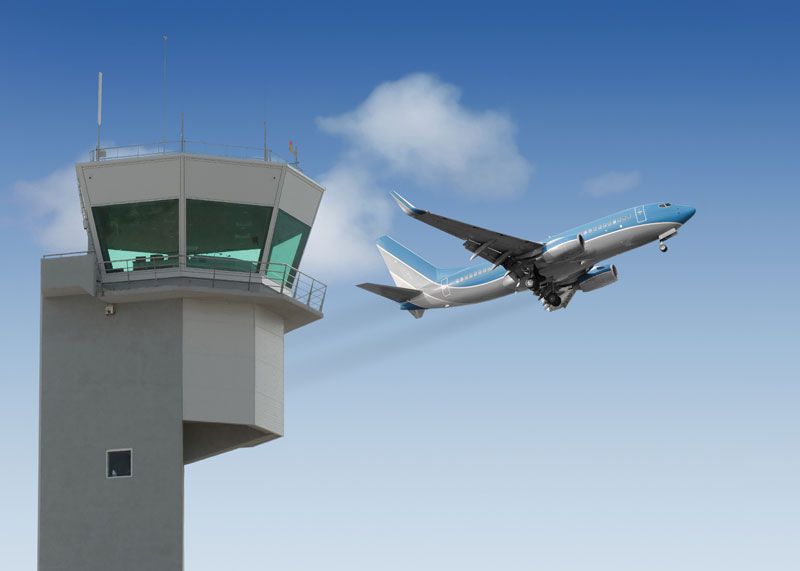
Unmasking the Role of Air Traffic Control During an Emergency Landing
April 13, 2025
In the complex orchestration that is aviation, Air Traffic Control (ATC) is the conducting maestro, ensuring the symphony of aircraft in the sky maintains rhythm and harmony. Every day, thousands of aircraft traverse the global airways under the watchful eyes of ATC, whose cardinal role is to ensure the safety and efficiency of flight operations. This role, without saying, becomes accentuated in the event of an emergency landing, where every second counts in averting a crisis.
Guiding the Distressed Aircraft
An emergency landing often occurs due to unpredictable circumstances such as adverse weather conditions, mechanical failure, or medical emergencies on board. ATC is the first point of contact for a distressed aircraft. Once the pilots communicate the nature of the emergency, ATC swings into action to facilitate the best course of action.
One of the primary responsibilities of ATC is to guide the aircraft safely to the nearest suitable airport. Depending on the type of emergency – medical, mechanical, weather-related, etc., the most suitable airport may not necessarily be the closest one. For instance, a smaller airport may be closer and have a clear runway but lacks medical facilities to handle a medical emergency landing. Therefore, ATC must have an intricate understanding of the capabilities of various airports in their jurisdiction to guide aircraft appropriately.
Clearing the Air and Ground
A critical part of ATC's emergency response mechanism is to create a safe environment for the distressed aircraft, both in the air and on the ground. In the air, ATC ensures the aircraft is given priority, by directing other aircraft out of its path. The objective is to give the distressed aircraft an unhindered pathway to the designated airport.
On ground, ATC coordinates with airport authorities and emergency services to prepare for a possible touchdown, potentially under challenging circumstances. They ensure the necessary fire and rescue services are alerted and prepared, providing prior information based on the nature of the emergency.
Accurate Weather Reporting
In situations when the emergency landing results from weather-related anomalies or must be executed under adverse weather, the ATC plays a pivotal role by providing real-time, accurate weather information to the distressed aircraft to help them land safely. Given the gravity of such situations, every bit of information can be a determinant in successful navigation.
After the Landing
Once the emergency landing is successfully navigated, the role of the ATC doesn't end. They are responsible for communicating the details of the incident to relevant aviation authorities, helping contribute to an investigation that may follow. Through their inputs, the aviation sector can glean crucial insights into mitigating such emergencies in the future.
Conclusion
The role of air traffic controllers is demanding and critical, particularly during an emergency landing. They operate in a high-stress environment where their skill, precision, and swift decision-making can literally save lives. By guiding distressed aircraft, clearing flight paths, coordinating with on-ground emergency services, providing precise weather information, and reporting post-landing, ATC is the veritable guardian angel of the skies, ensuring safe flight operations around the clock.